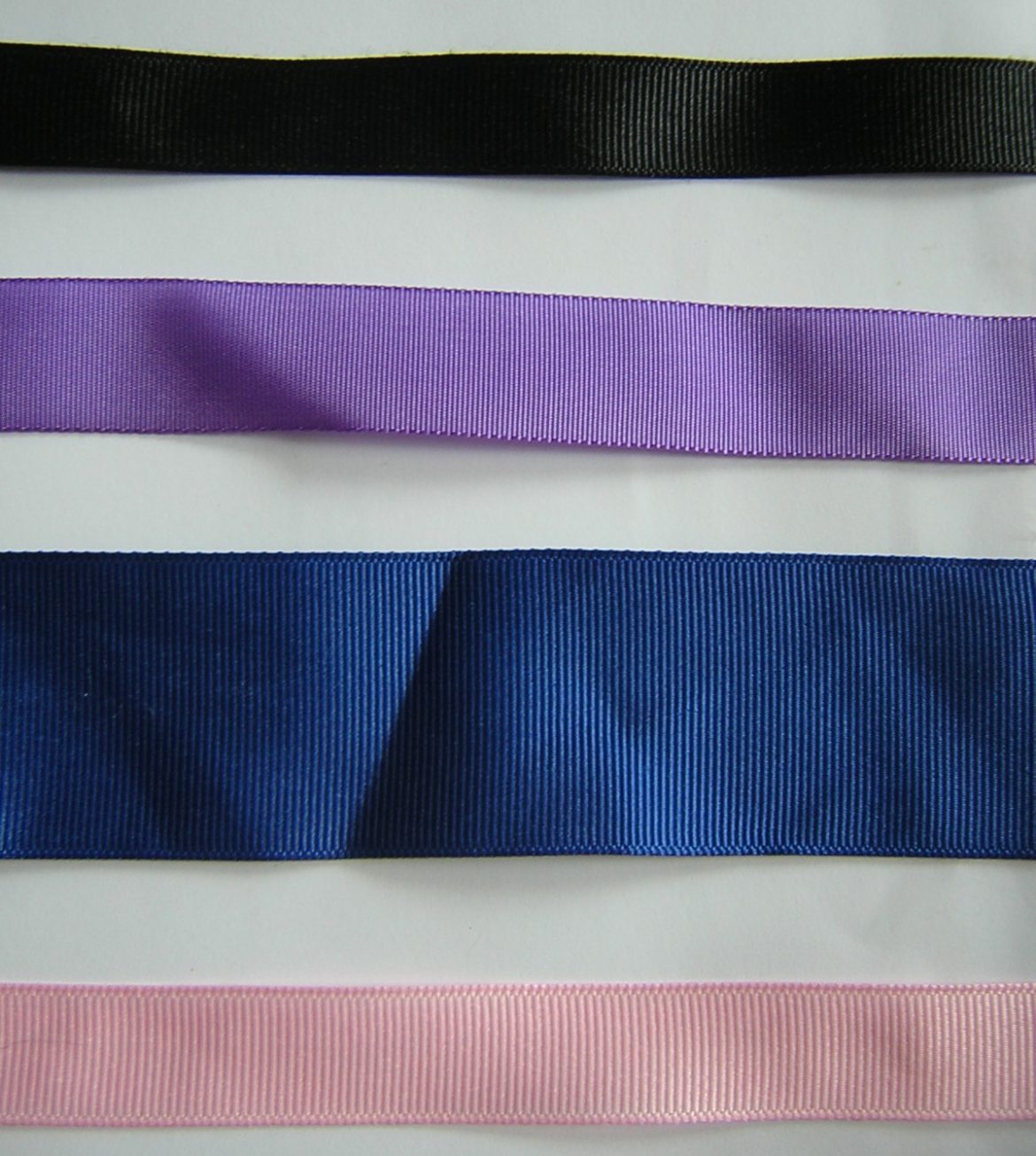Are you a craft enthusiast that strives to make your efforts the best they can be? Anyone who has worked with ribbons before knows that different ribbons provide varied effects. We want to assist you in choosing the proper type because it can make or break a creation. We’ll look at the differences between grosgrain and satin ribbons and when to use them in this article. We can also help you decide whether you need both. This way, you’ll always grab for the ribbon that’ll be the most useful for the task at hand.
Grosgrain Ribbon
Grosgrain ribbon is a stiff ribbon that comes in a variety of colors. The name refers to the rigidity of the product, not the material. Because of its thick weft, it stands out quickly from other ribbons. The ribbon has more depth because of this roughness, but it still looks lovely and delicate. The majority of people take advantage of this and utilize the ribbon to emphasize it. Wool, silk, nylon, or mohair can all be used to make grosgrain ribbons. This style of the ribbon can also be found in a wide range of colors.
Grosgrain ribbon offers a wide range of applications, making it extremely versatile. This ribbon is considered to be more durable and can be utilized for practical reasons. Hairbows are most commonly made with grosgrain ribbon. It’s soft enough to seem delicate while being robust enough to keep its hairbow shape. It can also be used to make a strong, attractive watch strap or even a book binding. With this ribbon, which comes in a variety of colors and thicknesses, the options are unlimited.

Satin Ribbon
Satin ribbons have a softer texture than grosgrain ribbons. They aren’t strong enough to hold shapes, but they have a soft style of their own. Satin ribbons are popular because of their gorgeous shiny sheen, which gives them a sleek touch to whatever you use them for. The most common type of satin ribbon available is double-faced satin ribbon. This ribbon has two right sides, as the name implies; regardless of which side looks upwards or outwardly, they both appear the same. A single-faced ribbon with a gleaming outer side and a muted underside is an alternative. Nylon or polyester are the most common materials for satin ribbon, however, silk or cotton are more expensive.
Satin ribbon is frequently used for considerably more delicate reasons. It adds the perfect finishing touch to clothing or can be used to wrap a present. Satin ribbon is often used in wedding decorations because of its lustrous sheen, which lends a beautiful touch to any special occasion. Satin ribbons are ideal for printing patterns because of their silky surface, which can produce flawless results.



